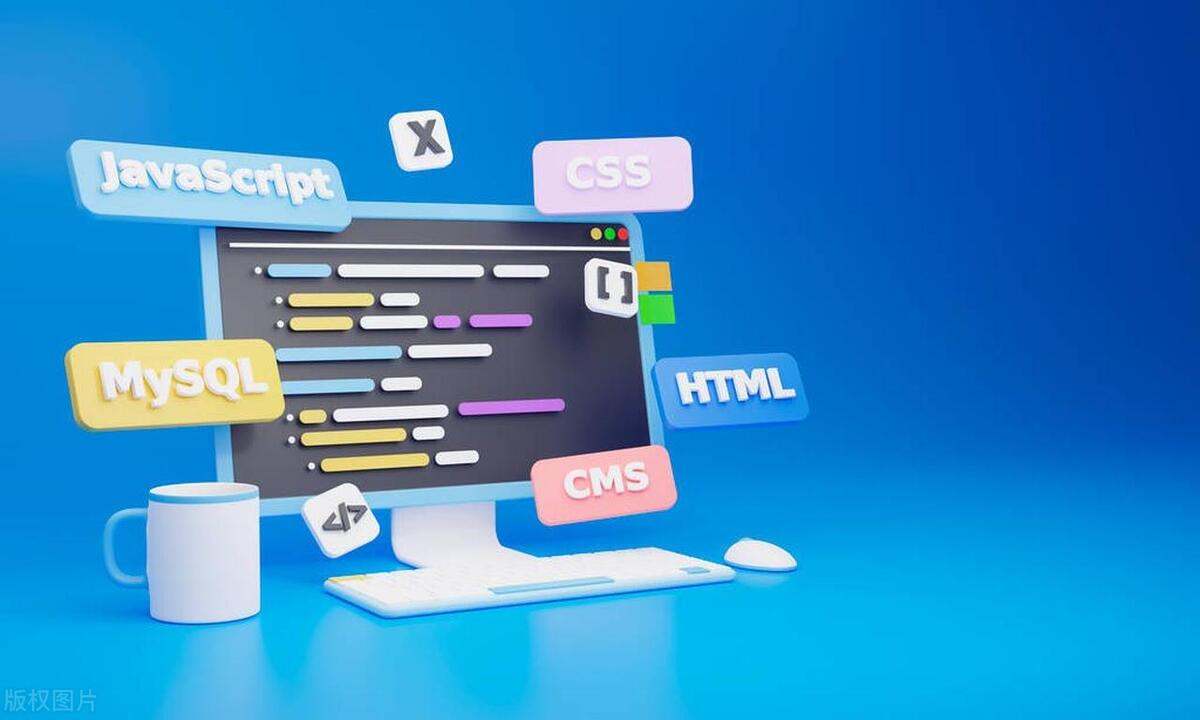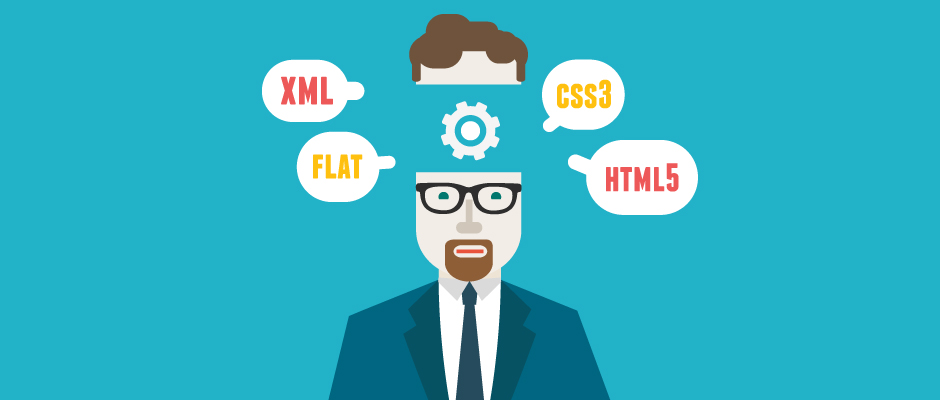To implement accessible modal boxes or dialog boxes, it is necessary to ensure clear structural semantics, reasonable focus control, and clear closing mechanisms. 1. Use the correct semantic tags, such as native

In web applications, modal boxes and dialog boxes are common interactive components, but many developers ignore their accessibility when implementing them. A truly usable modal box not only needs to be visually clear and smoothly interactive, but also allows screen reader users to open, close and understand content smoothly. The key is clear structural semantics, reasonable focus control, and clear closure mechanism.

Use the correct semantic tags
HTML5 provides a native <dialog></dialog> tag, which has a certain accessibility basis in itself, such as the browser will automatically mark it as the "dialog" role. However, compatibility is not comprehensive enough at present, if you use custom components, you must manually add the ARIA attributes.
- Use
role="dialog"orrole="alertdialog"(for pop-up windows that need to be confirmed) - Add a title to the dialog box and associate the title element through
aria-labelledby - If there is a lot of content, use
aria-describedbyto associate the description text
<div role="dialog" aria-labelledby="dialog-title" aria-describedby="dialog-desc"> <h2 id="dialog-title">Confirm the operation</h2> <p id="dialog-desc">Are you sure you want to do this? </p> <button>Cancel</button> <button>Confirm</button> </div>
Control the flow of focus
When the modal box pops up, the focus should automatically enter the inside of the dialog box, usually focusing on the first interactive element, such as the "Confirm" button or the input box. At the same time, when the user presses the Tab key, the focus should loop inside the dialog box and cannot jump to the background content.

After closing the dialog box, the focus should return to the trigger element that opens it, such as the modal box that pops up when clicking the button. After closing, the focus should be put back to the button.
Here are some common practices:

- When opening the modal box, set
element.focus()with JavaScript - Listen to Tab key events to ensure that the focus does not "escape" the dialog box
- Use the
inertattribute oraria-hidden="true"of the mask layer to disable interaction of background content
Provides clear closing methods
Users should be able to close modal boxes in a variety of ways, including:
- Click the Close button (there should be an explicit "Close" label or
aria-label="Close") - Press the ESC key
- Click on the mask layer (if the design allows)
At the same time, the closing operation must clear the display status of the dialog box and restore accessibility to other parts of the page.
A detail that is easily overlooked is that during the modal box display, the main content of the page should be marked aria-hidden="true" , otherwise the screen reader may read the background content, causing confusion.
Handle dynamic content and state changes
If the content of the modal box is loaded dynamically, such as obtained through AJAX, it is necessary to ensure that the screen reader can perceive changes in the content. You can use aria-live area to notify the user that the modal box is open or that the content has been loaded.
For example:
<div aria-live="polite" aria-atomic="true"> The modal box is open, please select Action. </div>
In addition, if the dialog box contains a form or something that needs to be entered by the user, make sure that each input item has a corresponding label ( <label></label> or aria-label ) and provides clear error prompts.
Basically that's it. Implementing an accessible modal box or dialog is not complicated, but details are easily overlooked, especially in focus control and semantic structures. As long as you pay more attention during the development process, you can greatly improve the user experience of all users.
The above is the detailed content of Building Accessible Modals and Dialogs. For more information, please follow other related articles on the PHP Chinese website!

Hot AI Tools

Undress AI Tool
Undress images for free

Undresser.AI Undress
AI-powered app for creating realistic nude photos

AI Clothes Remover
Online AI tool for removing clothes from photos.

Clothoff.io
AI clothes remover

Video Face Swap
Swap faces in any video effortlessly with our completely free AI face swap tool!

Hot Article

Hot Tools

Notepad++7.3.1
Easy-to-use and free code editor

SublimeText3 Chinese version
Chinese version, very easy to use

Zend Studio 13.0.1
Powerful PHP integrated development environment

Dreamweaver CS6
Visual web development tools

SublimeText3 Mac version
God-level code editing software (SublimeText3)

Hot Topics
 How does React handle focus management and accessibility?
Jul 08, 2025 am 02:34 AM
How does React handle focus management and accessibility?
Jul 08, 2025 am 02:34 AM
React itself does not directly manage focus or accessibility, but provides tools to effectively deal with these issues. 1. Use Refs to programmatically manage focus, such as setting element focus through useRef; 2. Use ARIA attributes to improve accessibility, such as defining the structure and state of tab components; 3. Pay attention to keyboard navigation to ensure that the focus logic in components such as modal boxes is clear; 4. Try to use native HTML elements to reduce the workload and error risk of custom implementation; 5. React assists accessibility by controlling the DOM and adding ARIA attributes, but the correct use still depends on developers.
 Describe the difference between shallow and full rendering in React testing.
Jul 06, 2025 am 02:32 AM
Describe the difference between shallow and full rendering in React testing.
Jul 06, 2025 am 02:32 AM
Shallowrenderingtestsacomponentinisolation,withoutchildren,whilefullrenderingincludesallchildcomponents.Shallowrenderingisgoodfortestingacomponent’sownlogicandmarkup,offeringfasterexecutionandisolationfromchildbehavior,butlacksfulllifecycleandDOMinte
 What is the significance of the StrictMode component in React?
Jul 06, 2025 am 02:33 AM
What is the significance of the StrictMode component in React?
Jul 06, 2025 am 02:33 AM
StrictMode does not render any visual content in React, but it is very useful during development. Its main function is to help developers identify potential problems, especially those that may cause bugs or unexpected behavior in complex applications. Specifically, it flags unsafe lifecycle methods, recognizes side effects in render functions, and warns about the use of old string refAPI. In addition, it can expose these side effects by intentionally repeating calls to certain functions, thereby prompting developers to move related operations to appropriate locations, such as the useEffect hook. At the same time, it encourages the use of newer ref methods such as useRef or callback ref instead of string ref. To use Stri effectively
 Vue with TypeScript Integration Guide
Jul 05, 2025 am 02:29 AM
Vue with TypeScript Integration Guide
Jul 05, 2025 am 02:29 AM
Create TypeScript-enabled projects using VueCLI or Vite, which can be quickly initialized through interactive selection features or using templates. Use tags in components to implement type inference with defineComponent, and it is recommended to explicitly declare props and emits types, and use interface or type to define complex structures. It is recommended to explicitly label types when using ref and reactive in setup functions to improve code maintainability and collaboration efficiency.
 How to handle forms in Vue
Jul 04, 2025 am 03:10 AM
How to handle forms in Vue
Jul 04, 2025 am 03:10 AM
There are three key points to be mastered when processing Vue forms: 1. Use v-model to achieve two-way binding and synchronize form data; 2. Implement verification logic to ensure input compliance; 3. Control the submission behavior and process requests and status feedback. In Vue, form elements such as input boxes, check boxes, etc. can be bound to data attributes through v-model, such as automatically synchronizing user input; for multiple selection scenarios of check boxes, the binding field should be initialized into an array to correctly store multiple selected values. Form verification can be implemented through custom functions or third-party libraries. Common practices include checking whether the field is empty, using a regular verification format, and displaying prompt information when errors are wrong; for example, writing a validateForm method to return the error message object of each field. You should use it when submitting
 Server-Side Rendering with Next.js Explained
Jul 23, 2025 am 01:39 AM
Server-Side Rendering with Next.js Explained
Jul 23, 2025 am 01:39 AM
Server-siderendering(SSR)inNext.jsgeneratesHTMLontheserverforeachrequest,improvingperformanceandSEO.1.SSRisidealfordynamiccontentthatchangesfrequently,suchasuserdashboards.2.ItusesgetServerSidePropstofetchdataperrequestandpassittothecomponent.3.UseSS
 A Deep Dive into WebAssembly (WASM) for Front-End Developers
Jul 27, 2025 am 12:32 AM
A Deep Dive into WebAssembly (WASM) for Front-End Developers
Jul 27, 2025 am 12:32 AM
WebAssembly(WASM)isagame-changerforfront-enddevelopersseekinghigh-performancewebapplications.1.WASMisabinaryinstructionformatthatrunsatnear-nativespeed,enablinglanguageslikeRust,C ,andGotoexecuteinthebrowser.2.ItcomplementsJavaScriptratherthanreplac
 What is content security policy CSP
Jul 04, 2025 am 03:21 AM
What is content security policy CSP
Jul 04, 2025 am 03:21 AM
Content Security Policy (CSP) prevents attacks such as XSS by limiting the loading source of web page resources. Its core mechanism is to set a whitelist to prevent unauthorized scripts from being executed. The steps to enable include: 1. Define the policy and clarify the allowed resource sources; 2. Add Content-Security-PolicyHTTP header to the server; 3. Use Report-Only mode to test and debug in the initial stage; 4. Continuous monitoring and optimization strategies to ensure that they do not affect normal functions. Notes include handling inline scripts, careful use of third-party resources, compatibility support, and other irreplaceable security measures.






